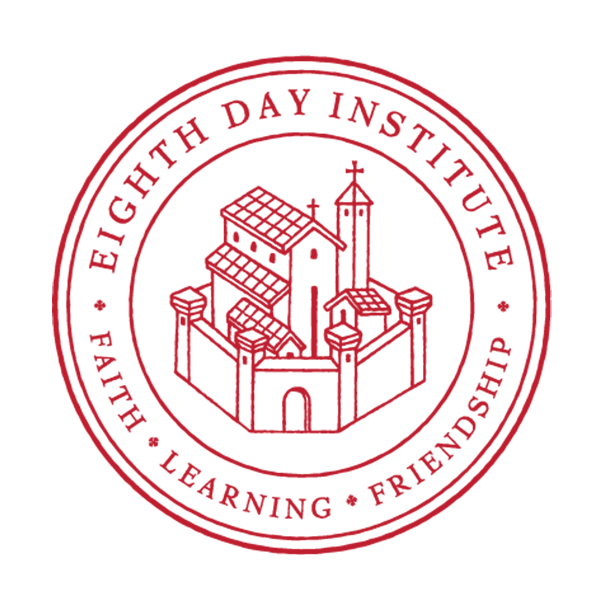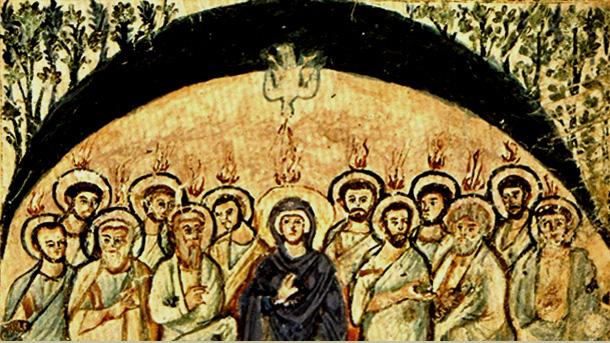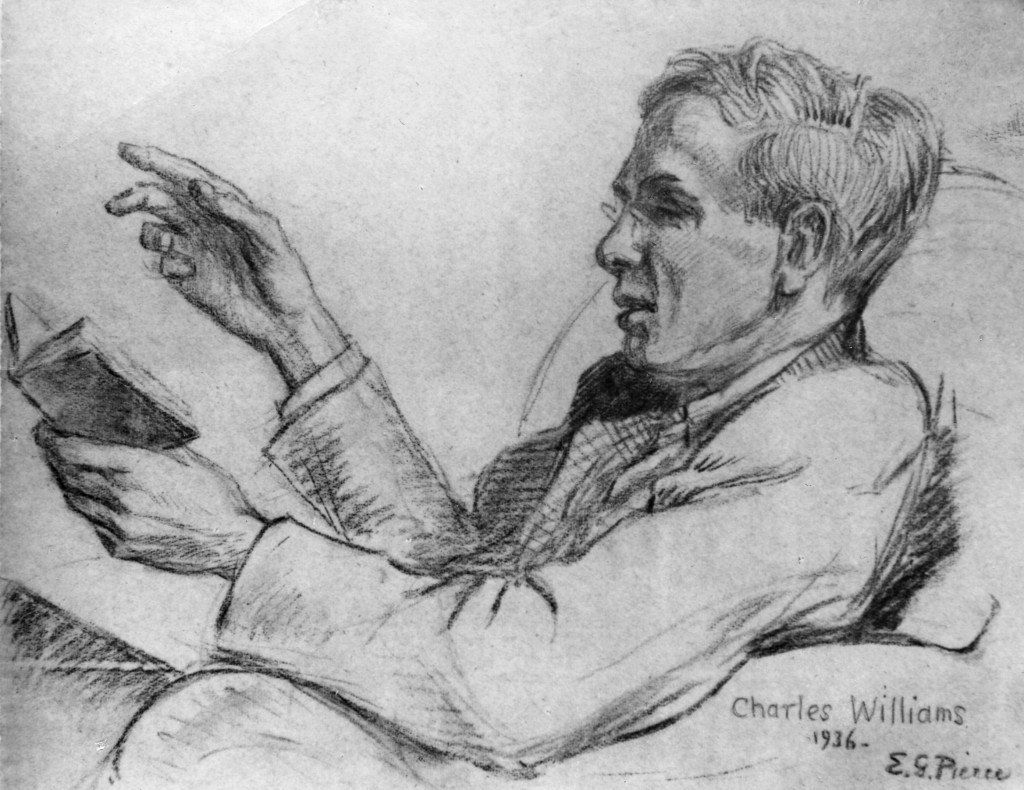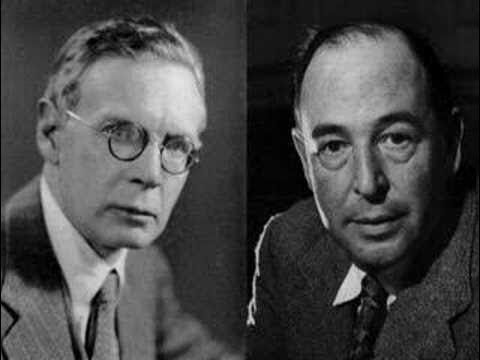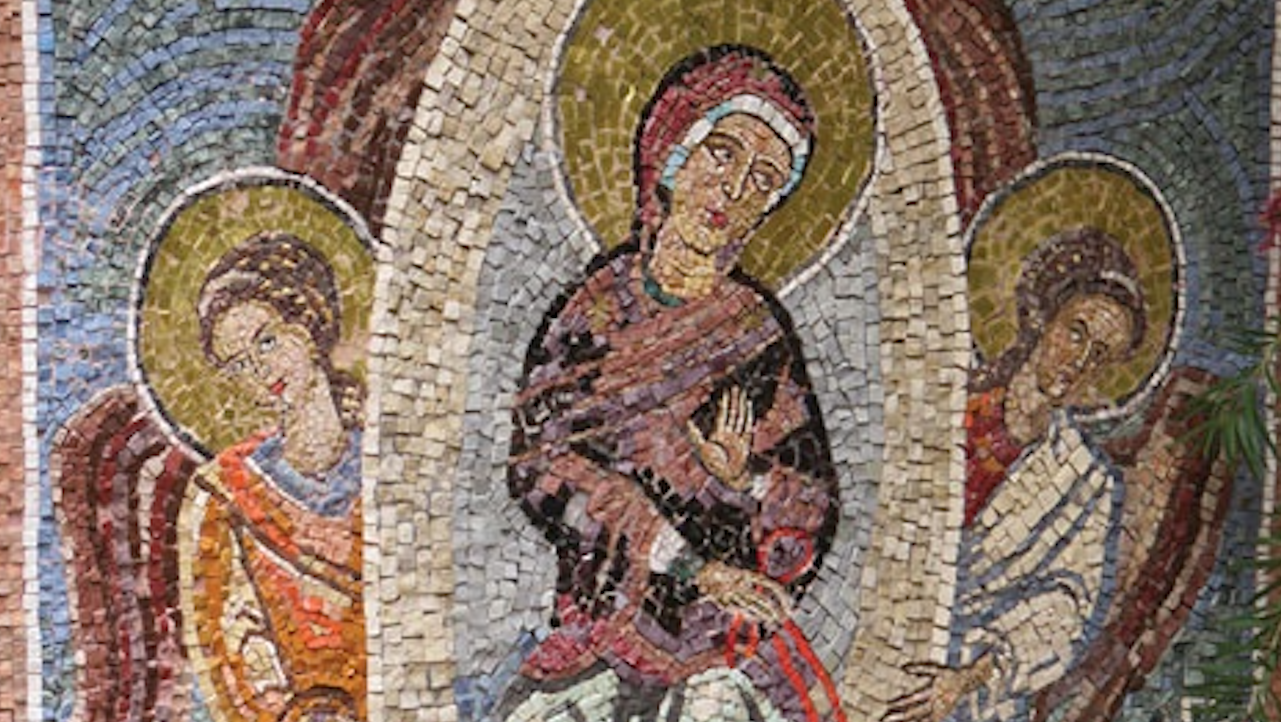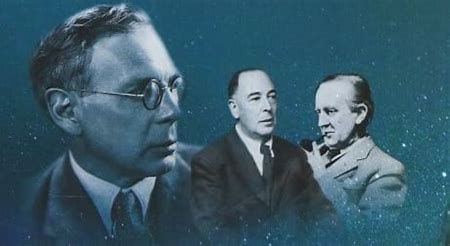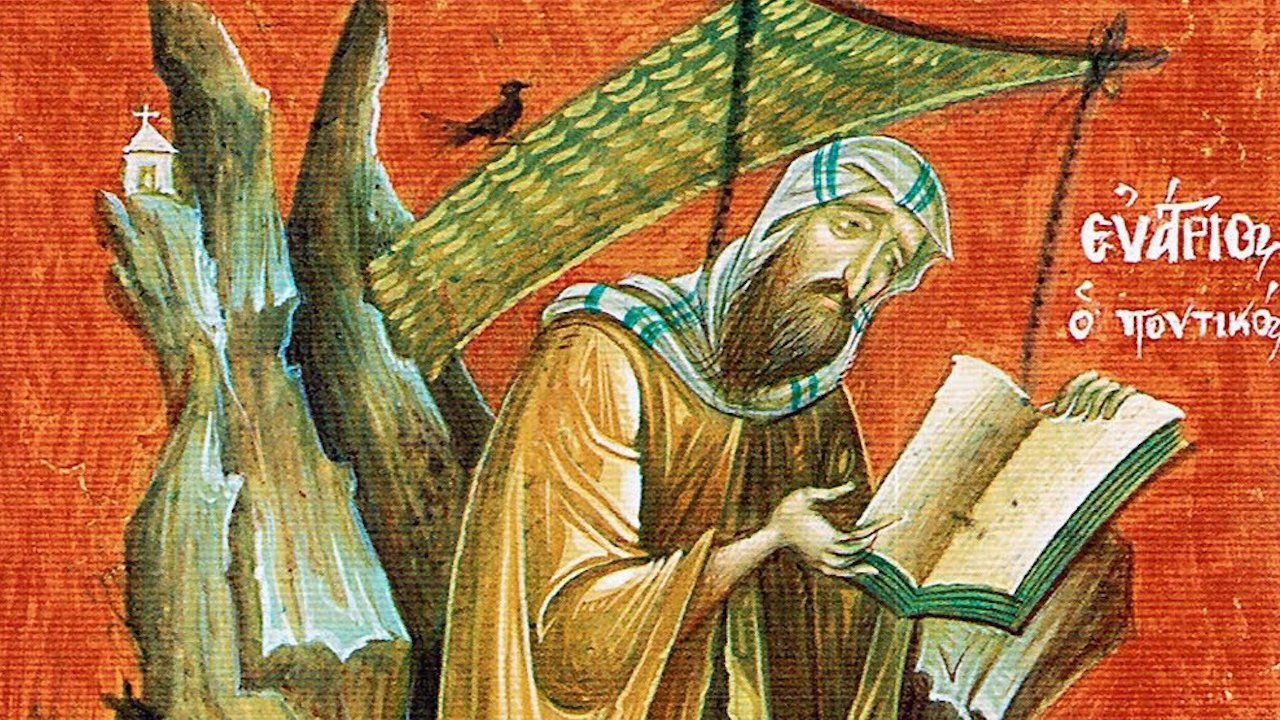On Catholicity
The One, Holy, Catholic & Apostolic Church
The term "catholic" is used in the ancient creeds. The origin of the term is uncertain. By its etymology the word denotes primarily "togetherness" or "entirety," in opposition to any "particularity." In early documents, the term "catholic" was never used in the quantitative sense, to denote the geographical expansion or territorial universality of the church. It was used rather to emphasize the integrity of her faith and doctrine, the loyalty of the Great Church to the original and primitive tradition, in opposition to heretics and sectarians who separated themselves from this original wholeness to follow each a particular and particularist line. "Catholic" at that time meant rather "orthodox" than "universal." It is in this sense that the term was used for the first time in the Epistle of St. Ignatius of Antioch to the Church of Smyrna and in the Martyrium of St. Polycarp . Later on, St. Cyril of Jerusalem, in his Catechetical Orations , gave a synthetic description of the term in which the original meaning was well stressed:
The church is called "Catholic" because she exists on the whole surface of the earth, from one end to the other; because she teaches integrally [catholikos] and without omission all dogmas which must be brought to the knowledge of men, both on things visible and invisible, on things celestial and on things earthly; because it brings to the same worship all categories of people, rulers and subjects, learned and ignorant; finally, because she nurses and cures integrally [catholikos] all kinds of sins, carnal as well as those of the soul; again because she possesses all kinds of virtues, in deeds, in words, in spiritual gifts of all sorts. ( Oration 18.23)
The original stress on integrity and qualitative comprehensiveness is obvious in this description. The universal expansion in the whole world is rather a manifestation of this internal integrity, of the spiritual plenitude of the church. It was only in the West that the word "catholic" was given a quantitative meaning, especially by St. Augustine to counteract the geographical provincialism of the Donatists (cf. On the Unity of the Church , 2.2 where Augustine speaks precisely of the unity of the corpus mysticum and of the organic connection between the Head and the body.). St. Augustine knew well, however, that the word "catholic" meant secundum totum, quia per totum est. Since that time the two words "catholic" and "universal" have come to be regarded as synonyms, first in the West and finally in the Orthodox East also. This was a regrettable reduction of the great catholic conception, a mutilation of the original idea. It transferred the accent from the primary meaning to the secondary and derivative. Essential catholicity is not a topographical conception. The church of Christ was no less "catholic" on the day of Pentecost when she was no more than a small company at Jerusalem, nor later when Christian communities were like islands scattered in the ocean of paganism. On the other hand, no territorial reduction can affect her catholic nature. In brief, in the phrase of a contemporary Roman theologian, “catholicity is not a matter of geography or of numbers” (cf. Henri de Lubac, Catholicism ).
In order to re-emphasize this internal catholicity of the church, one uses in Russian the word sobornost. Originally this was no more than a translation of the Greek term for "catholicity," and in this sense is used in the Slavonic translation of the Creed: ekklesia katholike equals sobornaja tserkov. Accordingly, this Russian term does not mean more than catholicity. There was no need to borrow it and use it in English as if there was a peculiar "Russian" conception of the church which could be denoted by a foreign neologism. It is true that certain Russian writers use the word in a peculiar sense, but their interpretation is in no sense characteristic of Eastern Orthodoxy at large. Instead of borrowing a foreign term, it would be more helpful to recover the ancient conception of internal catholicity, which can be adequately denoted by traditional words.
Moreover, "catholic" is not just a collective term. The church is catholic not only as an ensemble of all local churches, not only as a world-wide community. The church is catholic in all her elements and branches, in all her acts and in all the moments of her life. Each member of the church also is and must be "catholic," not only in so far as he is a member of a catholic body, but primarily in that his personality is spiritually integrated, and in this sense "catholicized." "Catholic" denotes a spiritual state or attitude, exclusive of all "particularism" or "sectarianism." The goal and the criterion of this internal catholicity is “that the multitude of the believers have but one heart and one soul” (Acts 4.32).
Catholicity is both an initial gift of grace – in the integrity of the apostolic faith and in comprehensive charity – and a task or problem to be solved again and again. Objectively the church is catholic in her sacraments. Sacramental grace is always a grace of unity. The Holy Spirit unites us to the Lord by incorporating us into His body. The spirit unites us together to form "one body," the catholic church. And in each faithful soul the Spirit is the living source of peace and inner concord, of that peace that "the world cannot give." In Christ and "in the fellowship of the Holy Ghost," the catholicity of the church is already given and grounded. On the other hand, it is still a task and a goal, to be achieved by every new generation, in every local community, by every faithful person. Integral catholicity implies the total transformation or transfiguration of life and behavior, which can be achieved only by constant spiritual effort, by the constant practice of renunciation and charity. There is no room for selfishness and exclusiveness, or for any individualistic self-sufficiency, in the catholic structure of the church.
At this point we may recall the beautiful simile presented in that peculiar writing of the second century, the Shepherd of Hermas . The growth of the church is described here in the image of a tower in the process of construction. In the field and elsewhere, various stones are scattered. Some are bright, others black. Some are square, others round. No round stones can be used for construction, even if they are bright ( Similit. 9.6, 8; cf. Vis. 3.6.5-6). The symbolism is clear. Of course brightness denotes purity, but this does not seem to be sufficient for inclusion in the walls of the church. Roundness is the symbol of self-sufficiency and splendid isolation. The round stones do not fit each other – there are always holes left. But the square stones do fit. And when the building has been completed, it appears to be made as if "of one stone." To be used in the building, the round stones have had to be cut and adjusted. The emphasis is precisely on this mutual adjustment. Indeed, this adjustment can be completed only within the church, within the body, and by the power of the Spirit. But a certain disposition towards adjustment is a prerequisite to the operation of the Spirit. This fraternal disposition must precede incorporation, although it can be maintained only by the help of grace. There is always a synergism of freedom and grace.
The unity of the church is not created, however, merely by human affection and charity. It is indeed created by love, but rather by the redeeming and redemptive love of God. “Herein is love, not that we loved God, but that He loved us” (1 Jn. 4.10). He made us brothers by adopting us all in His only Son. Likewise, the body of Christ was created and formed already by the incarnation, which was itself the supreme manifestation of the creative love of God. The Fathers of the Church had much to say on this subject. St. John Chrysostom, in particular, used to emphasize the intimate relation between Christian charity and Eucharistic reality. Christ feeds the faithful with His own body and blood because He wishes them to mingle with Him and so to become His own body ( Homilies on John , 76). The Eucharistic altar is sacred and august. But still it is made of stones. There is another altar, no less venerable and even more awe-full and majestic, which is the body itself, the church, made of living beings. On this altar the sacrifice of alms and charity can be, and must be, continuously offered ( Homilies on 2 Corinthians , 20).
The language of St. John Chrysostom was sharp and realistic. The Greek Fathers of the Church were often accused of holding a crude and naturalistic conception of the sacraments and also of the church herself. This charge is an unfortunate misunderstanding, for the realism of the Fathers was always inspired by their intuition of intimacy with Christ the Savior. Eucharist itself was conceived under the aspect of intimacy, which is the very foundation of the church. “For between the Body and the Head there is no room for any interval – if there was any, there would be neither Head nor Body,” declared St. John Chrysostom. And he used to reaffirm this statement again and again (cf. Homilies on Ephesians , 3; Homilies on 1 Corinthians , 8: “the smallest interval would bring us death”; Homilies on 1 Timothy , 15: “I do not like anything between us: I wish that two may become one.”). It is why the Eucharist is the ultimate revelation of the total Christ and the ultimate sacrament, beyond which one has nowhere to go.
One, holy, catholic, apostolic : these notes are not independent of each other but intimately and organically interdependent. The church is one but by her "holiness" – that is, by the sanctifying grace of the Spirit. She is holy only because she is apostolic – that is, is linked with the apostles in the living continuity of the charismatic life, disclosed in the mystery of Pentecost, which is the source of the church’s "holiness." She is catholic by the grace of the Spirit, which makes her one single body of the only Lord. Yet her unity is a unity in multiplicity, a living unity, as the church is, and must be – an image of the Holy Trinity, which is one God and the only God. Here is rooted the mystery of the church catholic.
~Fr Georges Florovsky, “Togetherness in Christ.” Originally published in Morris, The Unity We Seek , 17-27, at 22-26.
Anno Domini 2018, June 19
Eighth Day Institute seeks to renew culture by promoting the common heritage of Nicene Christianity. We are committed to facilitating a dialogue of love and truth as a step in that direction. This means we gladly allow a broad range of perspectives. But it does not mean that we agree with everything presented or published.
We hope and pray you will join the conversation. And we humbly ask you to help us continue promoting the unity of Christians for the sake of our dying culture. Our work depends on your support - 95% of our funding comes from individual donors/members. Please consider joining our growing community of Eighth Day Members today.
Contribute to Cultural Renewal by Sharing on Your Preferred Platform
In an isolating secularized culture where the Church's voice is muffled through her many divisions, Christians need all the help they can get to strengthen their faith in God and love toward their neighbor. Eighth Day Institute offers hope to all Christians through our adherence to the Nicene faith, our ecumenical dialogues of love and truth, and our many events and publications to strengthen faith, grow in wisdom, and foster Christian friendships of love. Will you join us in our efforts to renew soul & city? Donate today and join the community of Eighth Day Members who are working together to renew culture through faith & learning.
